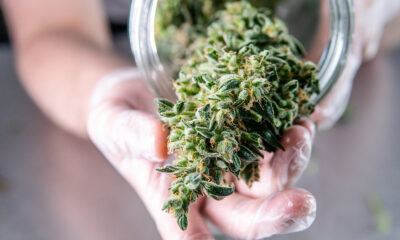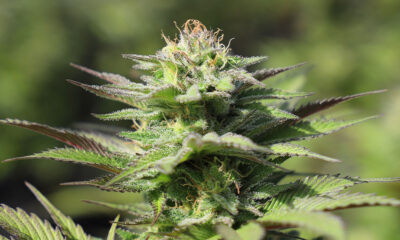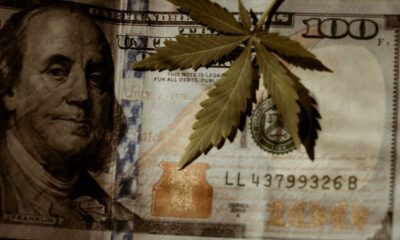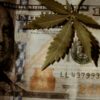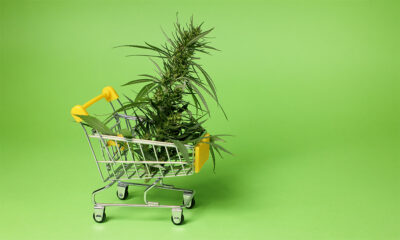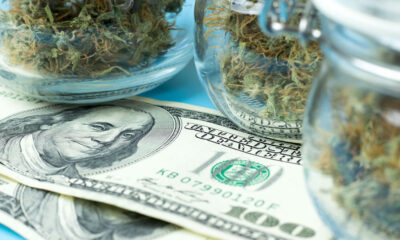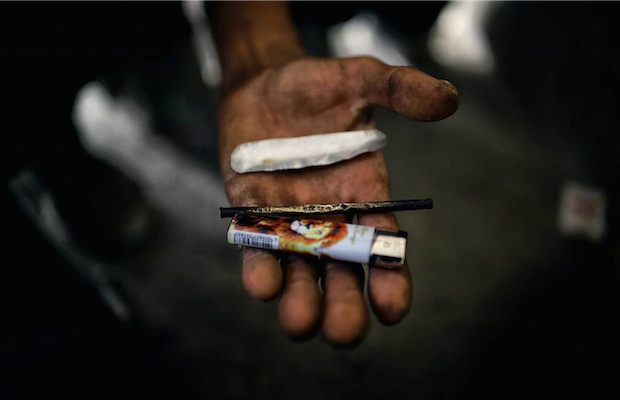
Economics
Report: All Drugs, Not Just Cannabis, Are Getting Stronger
A new report from the DEA illustrates that the decades-long War on Drugs has done little to stifle the proliferation of potent drugs.
At 64,000 deaths a year and rising, the staggering and benumbing death toll of the country’s drug-overdose crisis has now outpaced the amount of Americans killed in the Vietnam War, and annual deaths from HIV/AIDS at that fiasco’s peak. All this carnage masks a telling and troubling fact: Opiates have never had a better market value than they have today. And the value of cocaine, methamphetamine and cannabis is also following similar patterns, as all of these drugs are increasing in potency and decreasing in cost, according to a new report. These developments are fueled by simple market forces within the illicit drugs world, experts say.
Heroin is cheaper and stronger than ever, users and health professionals report. In San Francisco, a town once notorious for expensive and weak junk, a single $20 bag will do the work of four bags bought a decade ago — and this isn’t just because of fentanyl or prescription opiates, though there’s little doubt that synthetic opiates stronger than heroin by degrees of scientific notation play a role.
Something about the War on Drugs just isn’t working. Heroin, methamphetamine and — yes — cannabis are all becoming stronger, a trend driven by market forces within the illicit drugs market, according to a new report.
The briefing from the Drug Enforcement Administration, detailed by the Pacific Standard, reports that methamphetamine, cannabis and opiates are increasing in potency.
Methamphetamine, according to the DEA, now clocks in at 96 percent pure, four points stronger than in 2011. The average potency of cannabis seized by the DEA has increased from 4 percent THC in 1995 to 11 percent in 2015.
And, owing to the cannabis concentrates revolution and the dawning knowledge than just about anyone with a bag of trim and some butane can make hash oil — not that they should; in fact, they almost certainly really should not — the average strength of hash seized by the DEA during that time period has increased from 13 percent to 56 percent.
Readers of this publication won’t be surprised to hear cannabis is increasing in strength as well as availability — a trend that began during black-market days, as breeders discovered mind-blowing varietals sold better than chiller strains and chased genetics with more THC in order to chase dollars.
In a real way, the same mentality is driving operators of meth “superlabs” and heroin sellers mixing fentanyl into their bags of China White to amplify the punch of their products, experts believe.
The Los Angeles Times spoke with some drug-policy experts, who posited that simple capitalist competition in a crowded market is compelling drug-makers to strengthen the sauce.
“I’ve got to believe that the higher potency is to compete with the higher potency of other drugs available on the market,” Rosalie Liccardo Pacula, director of the Santa Monica-based Bing Center for Health Economics and a drug policy expert with the RAND Corporation, told the Times.
Cocaine production is also ramping up in Colombia, RAND experts interviewed by the Times declared, and potency and price are adjusting accordingly in the states. A gram of cocaine at 56 percent purity now costs $165, according to the DEA. If you’re paying less, then you may be living in a saturated market.
Fentanyl is also popping up in stimulants like methamphetamine, leaving some users expecting a rush stunned to discover they now have difficulty walking or breathing. Mixing cocaine and heroin is nothing new, but there seems to be little explanation for why a drug manufacturer would combine two wholly opposite drugs without informing the user, aside from the desire to make a product that will stand out.
The other conclusion experts draw about drugs amplifying in strength and diminishing in price is that there must be increased supply. Weak tea will only exist in a market where there isn’t much demand for product. The obvious conclusion is that the war on drugs as we’ve known it for generations simply isn’t working and that an alternate tack is required. With the White House Office of National Drug Control Policy still absent an executive director, and the DEA led by a careerist with 30 years in the agency, this doesn’t appear to be happening anytime soon. Meanwhile, the opioid crisis rages on, with no end in sight.
TELL US, how do you think the federal government should police drug use?







